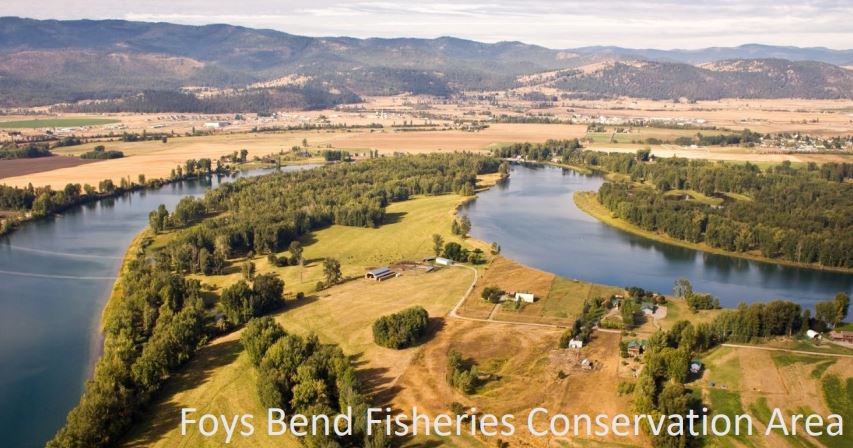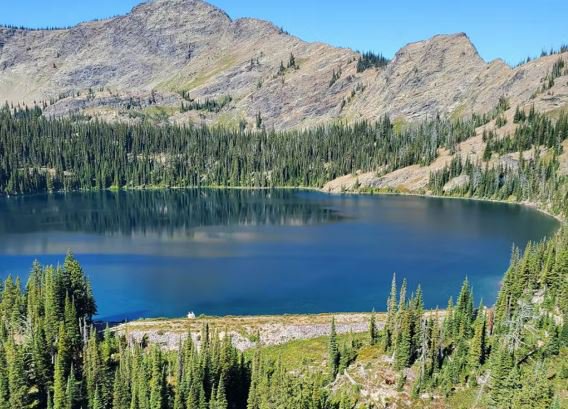Montana Meeting Round-up: Highlights From the June Council Meeting
- June 22, 2023
- Carol Winkel

Protecting Montana’s Resident Fish
Matt Boyer, Hydropower Mitigation Coordinator, Montana Fish, Wildlife & Parks described how the Hungry Horse Mitigation project is working to offset fisheries losses from the construction and operation of Hungry Horse Dam.
The goal is to improve ecosystem health to benefit self-sustaining fisheries. Major accomplishments include eradicating hybridization threats from nonnative trout in the South Fork Flathead watershed and conserving local westslope cutthroat trout, and restoring critical habitat for native fish. The project follows the mitigation framework adopted by the Council in the 2004 Flathead Subbasin Plan.

Water Transactions in the Bitterroot Subbasin
In 2002, BPA and the Council established the Columbia Basin Water Transaction Program to fund water transactions to put more water into the basin’s tributaries. The program is administered through a partnership between BPA and the National Fish and Wildlife Foundation.
Jed Whiteley, project manager for the Clark Fork Coalition described its work to develop and implement restoration solutions for impaired tributary streams throughout the Clark Fork. Through locally based entities, it acquires water rights from willing landowners in Oregon, Washington, Idaho, and Montana to restore flows to key fish habitat.
Utility Panel Shares Views
General Managers and Trustees from Montana Utilities will discuss current issues in Montana that their electric utilities and customers are facing.
Representatives described the issues they are facing, highlighting these key concerns:
- Power system adequacy
- Concern about renewable resource reliability in Montana
- Growing risk of wildfires and their impact on the environment and power
- The need for greater coordination among the Council, the Western Resource Adequacy Program, and the Power Pool, i.e., confusion from different load forecasts
- The “chicken vs. egg” situation; the gap between contracts and building; worry about growing load and whether they will have the resources to meet needs
- Transmission needs
- Would like to see a regional, coordinated approach
- Small utilities face challenges—lack of contractors, administrative hurdles—to acquiring energy efficiency. Not a one-size fits all situation



